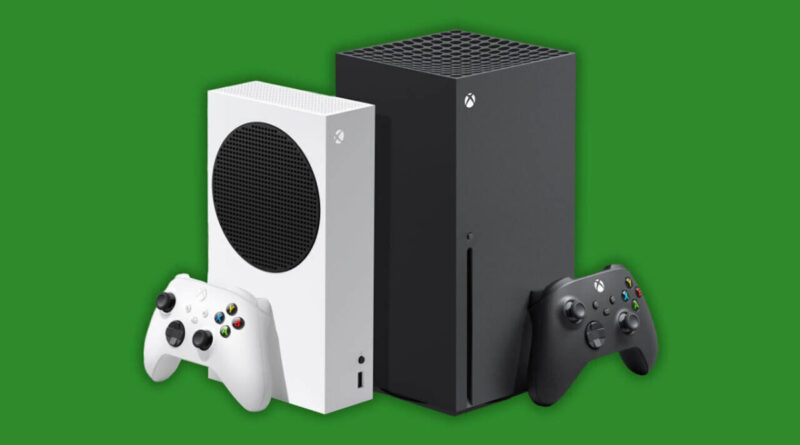Xbox Series X versus Xbox Series S: A Comprehensive Comparison Guide
In November 2013, Microsoft and Sony released their latest console models – the Xbox One and PlayStation 4, respectively – just a few days apart. Last year, the same thing happened. Released in November 2020 as direct competition to the PlayStation 5, Microsoft unveiled the Xbox Series X/S.
Collectively called Series X/S, the series is actually comprised of two separate models. Inspired by the dual console success of the Xbox One – which we’ve compared here before – this latest Microsoft release includes the larger Xbox Series X and the budget-friendly Series S. In this article, we’ll break down how each console differs and compares with the other. If you’re an Xbox fan who’s still unsure which of the two consoles is right for you, read on to find out.
Xbox Series X:
The Xbox Series X comes in a large black hyperrectangle that can be oriented vertically or horizontally. This model boasts more sophisticated hardware and meatier internal processing. This includes a graphics processor with 12.15 TFLOPS, 16GB of RAM, and native resolution support for 4K. This means that you can enjoy ray tracing to add dimension to next-gen titles. Microsoft has stated that they intended the Series X to be able to render games at up to 60fps, given that the GPU is twice as powerful and the CPU is four times as powerful as the Xbox One X’s.
The Xbox Series X has also been designed to solve power issues and corruption problems that some gamers allegedly experienced with past models. Unlike predecessors, the new console ditches the use of a power brick. On top of that, it uses instant-on and energy-saving modules for quick access without the risk of a power surge. This is largely possible due to the better signal and power integrity of the new generation’s eight-core chip and motherboard. To further complement this, the Series X comes with a 1TB SSD drive and support for external SSDs to expand storage. As Microsoft continues to try and replicate PC capabilities, gamers can expect more quality-of-life updates that should improve operational performance.
Xbox Series S:
Designed to be more portable, the white Series S unit is about 60% lighter in volume than the Series X. This more compact size is partly why it’s a more affordable model, and why it’s had to make some compromises. The most glaring is that there is no physical disc drive on the Series S. All software updates and titles must be downloaded digitally. The Series S also only has 4 TFLOPS of raw processing power, 10GB of RAM, and a rendering resolution cap of 1440p. Despite this, it still supports ray tracing and the same quick resume feature that the Series X has. This lets players pause up to six games at a time, and render at up to 120fps.
That said, you do have to consider that since the Series S is an all-digital console, you’re sacrificing a lot of storage. This model has a reduced storage space of 512GB, which is enough to carry a smaller number of titles. Remember, most games are between 80 to 100GB in size. Aside from this, the Series S does have the same CPU, but it’s run on a slower clock frequency, with a slower GPU. These again, are compromises that have to be made for size and price. Thankfully, despite its more modest specs, the Xbox S can play all Xbox games, except for those that require the Kinect. Because all games and entertainment must be downloaded onto the Series S, it’s also good to note that Microsoft’s Xbox Game Pass gaming library subscription is supported on this model.
Winner of Xbox Comparison:
So which console is worth your time and money? That depends on how serious of a gamer you are. If you’ve got a limited budget and a smaller gaming space, then the Series S is more than enough. In fact, during the 2021 Black Friday sales, the Series S was the best-selling console. This feat includes outselling all other Microsoft consoles, the PlayStation 5, and the Nintendo Switch. But if you’re looking for a powerhouse console to enhance your next-gen gaming, then the processing and rendering abilities of the Series X can’t be beaten. Although it’s almost twice the price and the size of the Series S, the Series X promises to be more scalable than its peer. Ultimately, each model has its own benefits. If you’re a long-time Microsoft fan looking to get back into the Xbox, the Series X/S may just convince you.






